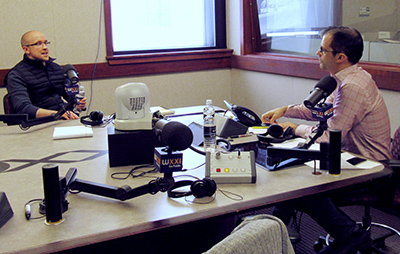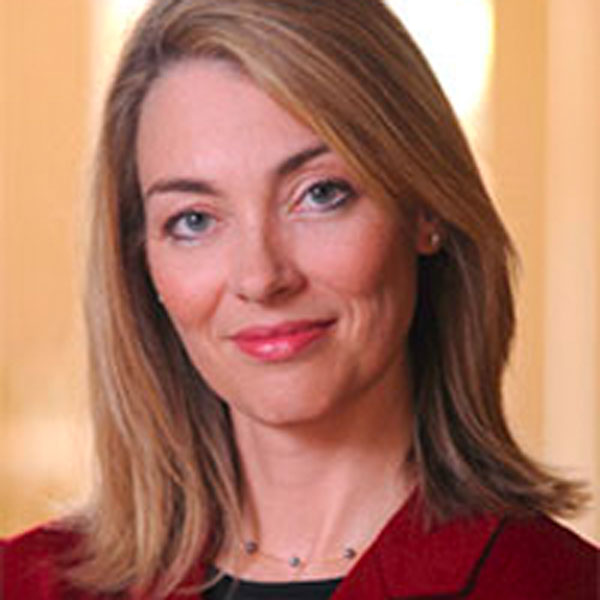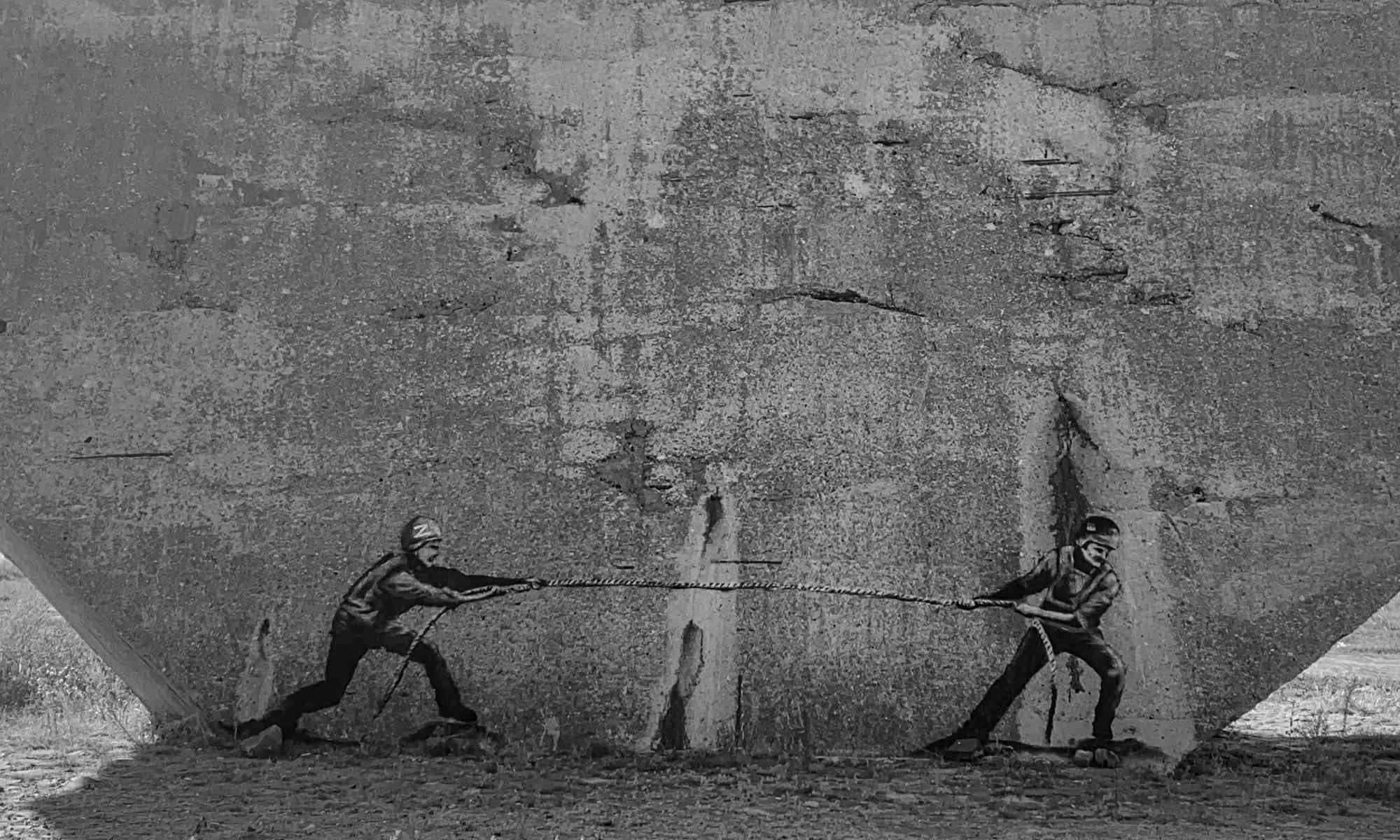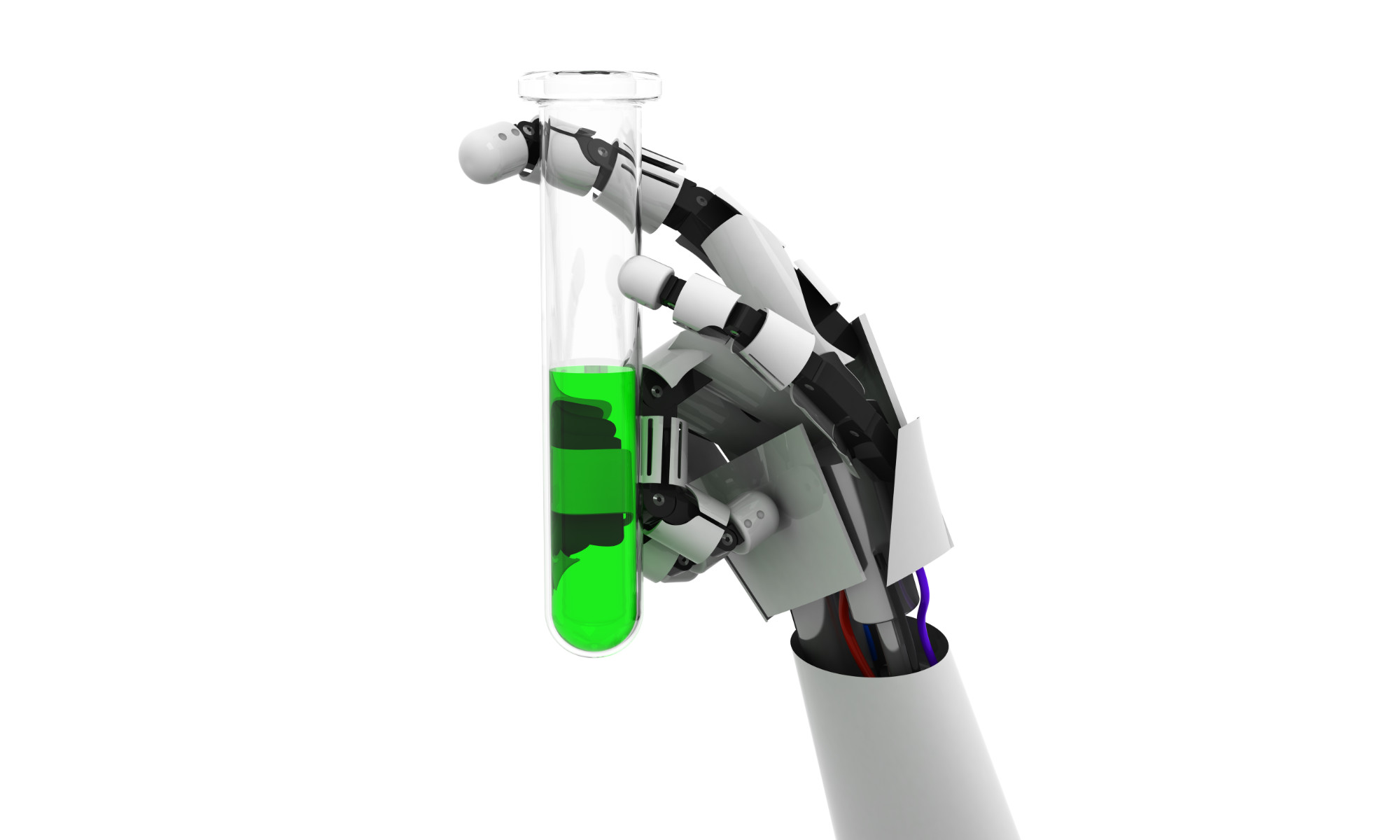
The Doomsday Clock and its underpinnings were the topic of WXXI’s radio program Connections with Evan Dawson on Wednesday. Thomas Weber assistant professor in the Department of Earth and Environmental Sciences at the University of Rochester, and Wes Renfro, chair of the Department of Political Science and Legal Studies at St. John Fisher College, joined host Dawson to discuss nuclear threats, the current US administration’s handling of North Korea, climate change, and the possible effect of food scarcity on global cohesion.
The Bulletin of the Atomic Scientists recently moved the minute hand to two minutes to midnight. The last time the clock was set so close to possible human extinction was in 1953, during the Cold War.
“Climate change will make human conflict a more likely prospect as food security becomes an issue,” Weber told WXXI. “That’s how climate change factors into this end-of-the-world- extinction conversation.”
- Listen to the full episode.



